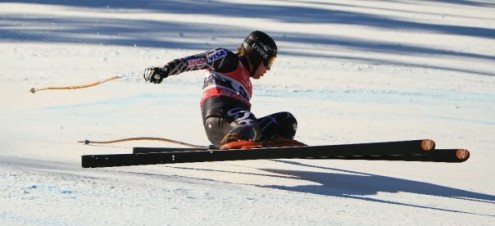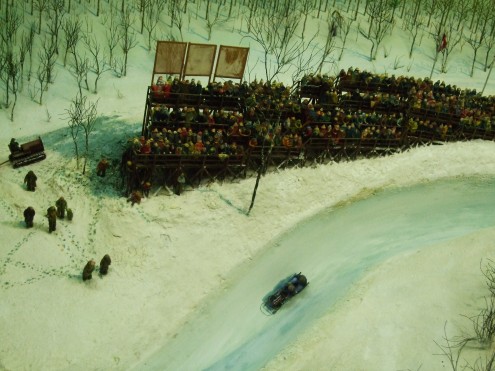
The Lake George Association (LGA), in conjunction with the Champlain Watershed Improvement Coalition of New York (CWICNY), is sponsoring a septic system training course on March 25, 2010 at the Fort William Henry in Lake George.
The one-day course, titled “Small Scale Wastewater System Design II – Alternative Systems” is designed for professionals in the wastewater field, including engineers, designers, health officials, inspectors and planners.
“We wanted to offer our local professionals an opportunity to receive some high quality training close to home” said Beth Gilles of CWICNY. Participants at the training can earn 7.5 PE or CEO credits, and will gain an understanding of wastewater regulations and guidance, site appraisal and evaluation, and treatment system design elements. The course will provide guidelines for making soil evaluations, site design examples and alternative onsite technologies. The course is being offered as part of the New York Onsite Wastewater Treatment Training Network (OTN) and will be taught by a certified OTN instructor.
“We felt it was very important to encourage as many people as possible to gain up-to-date knowledge and skills in this area since good wastewater design is essential to protecting water quality. Alternative systems are a great way to effectively manage wastewater on sites around Lake George that have tough physical constraints such as small lot sizes or shallow bedrock,” said Emily DeBolt, LGA’s Director of Education.
Cost including meals and printed materials is $40 for municipal employees and $80 for private industry employees; Pre-registration is required and space is limited. For more information or to register, contact Emily DeBolt at the Lake George Association at 518-668-3558 or Beth Gilles at the LCLGRPB at 518-668-5773.

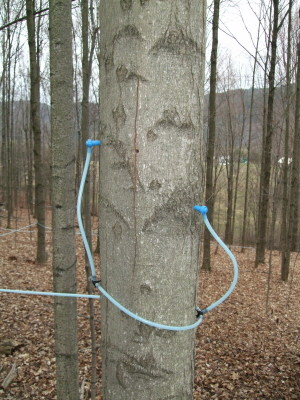
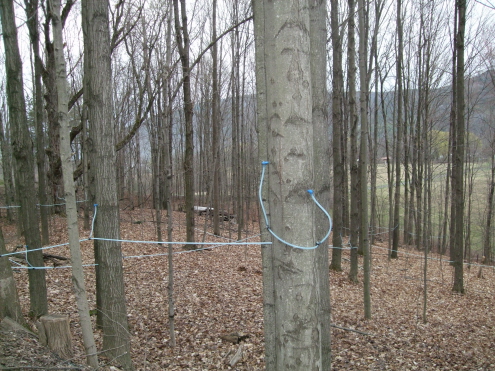
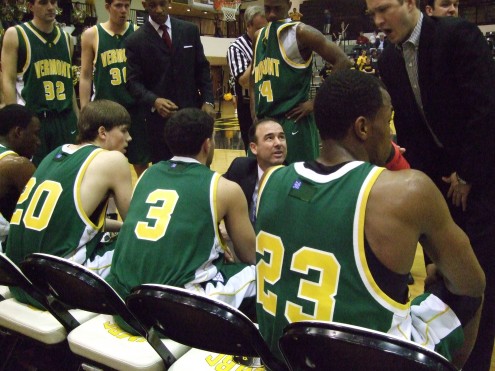
 I already put this on the calendar, but here’s a friendly reminder that the Ghost Hunters episode filmed at Fort Ticonderoga will air Wednesday at 9:00 p.m. on the Sci-Fi channel.
I already put this on the calendar, but here’s a friendly reminder that the Ghost Hunters episode filmed at Fort Ticonderoga will air Wednesday at 9:00 p.m. on the Sci-Fi channel. 
